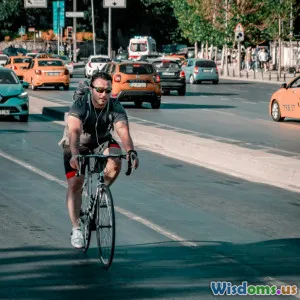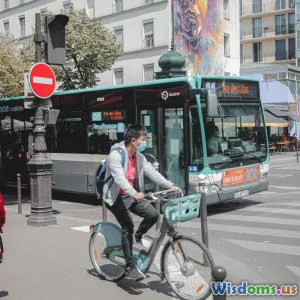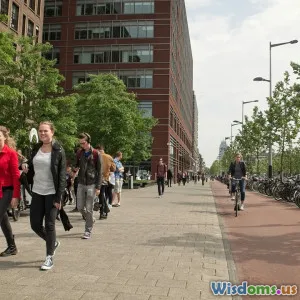
How E Scooters Are Reshaping Downtown Commutes
16 min read Explore how e-scooters are transforming downtown commutes, enhancing urban mobility, cutting congestion, and supporting sustainable city living. (0 Reviews)
How E Scooters Are Reshaping Downtown Commutes
Downtowns are in the midst of a quiet revolution. Over the last few years, fleets of sleek electric scooters—zipping down bike lanes, neatly parked on street corners, and often visible in app maps—have become a fixture on city streets from Los Angeles to Paris. E scooters, once a novelty, are now transforming the urban commute, redefining speed, access, and even the design of city life itself.
The E Scooter Surge: Why Cities Embrace Micro-Mobility
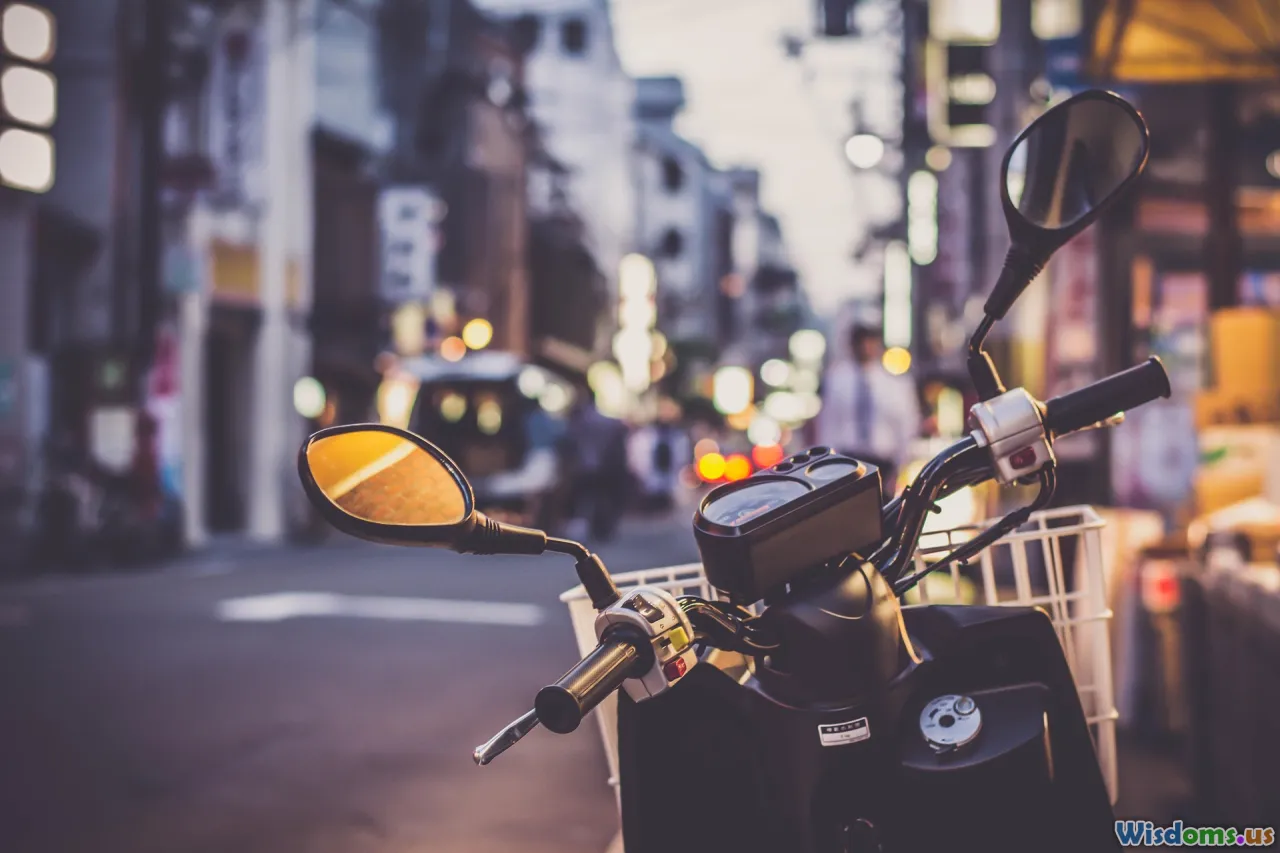
Cities around the globe are grappling with congestion, air pollution, and the need for more people-centric transportation. Into this equation step e scooters—a form of shared micro-mobility characterized by immediacy, agility, and sustainability. According to the National Association of City Transportation Officials (NACTO), Americans took over 86 million trips on shared e scooters in 2022 alone, a staggering increase from their 2017 rollout.
The Draw for Urban Dwellers
Why do city dwellers love scooters? For one, they're quick. Where inner-city traffic snarls eat up car-based commute times, zipping past in a bike lane brings obvious benefits. They're also very affordable: typical ride fees are $1 to unlock and 15 to 40 cents per minute—a fraction of the cost of downtown parking or ride-hailing services. Plus, with instant access via smartphone apps like Lime, Bird, or Tier, there's no waiting in line or searching for an elusive taxi.
Case in Point: Paris' Scooter Boom (and Bust)
Paris initially embraced e scooters, with 20,000 vehicles spread across its arrondissements at the peak. Commuters switching from cars to scooters reduced urban congestion. However, in 2023, Paris voted to phase out shared scooters after complaints about street clutter and safety incidents—though private scooters remain legal. This highlights the adaptability of scooter models to different city contexts, pushing municipalities to think carefully about integration, regulation, and public buy-in as part of the urban experience.
What Changes When Scooters Hit the Streets
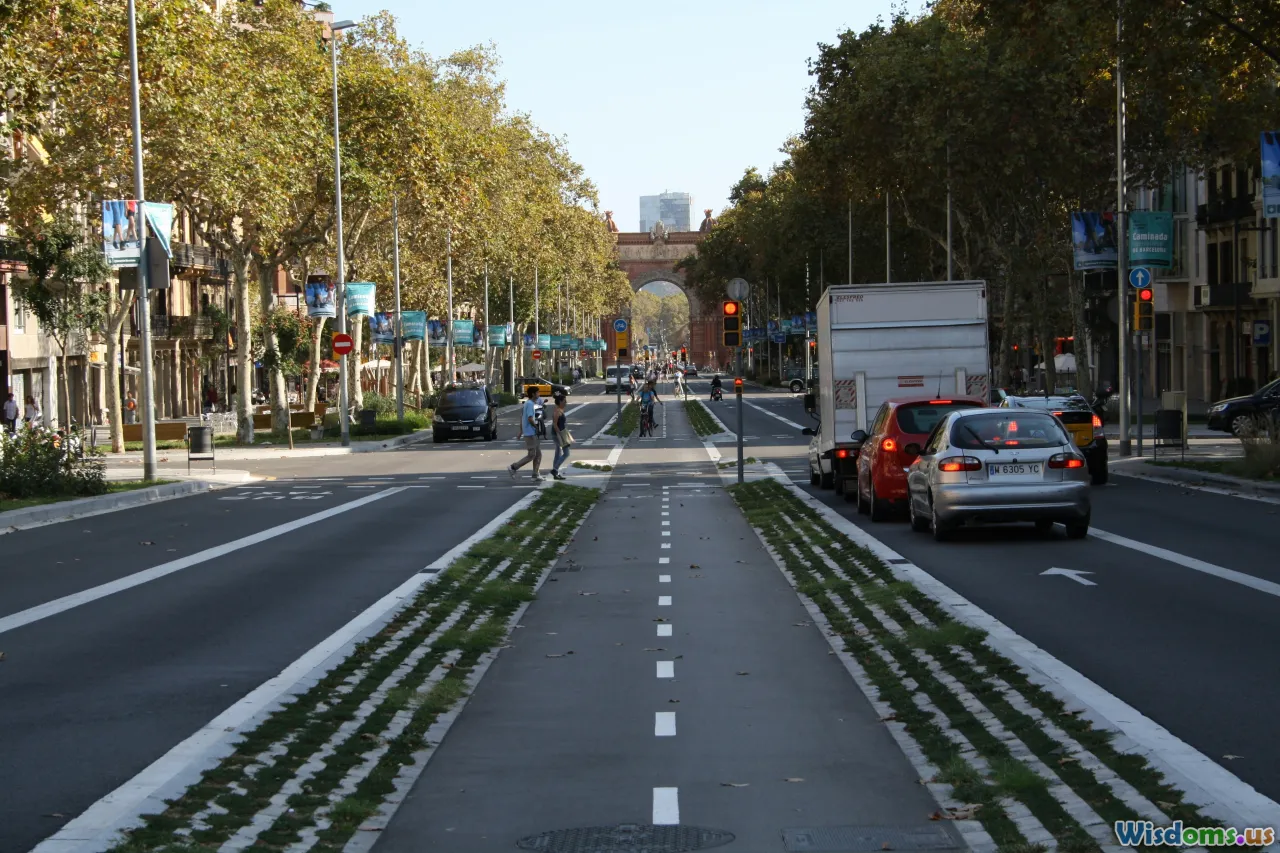
E scooters herald more than just a new way to move—they prompt broader infrastructure shifts. Cities are expanding protected bike lanes and improving curb spaces, turning roads previously dominated by cars into corridors for alternative transportation.
Rebooting Street Design
Protected lanes—a boon for bikers and scooter users—are exploding globally. Seattle's Center City Bike Network, completed in 2021, added 7 miles of protected lanes, boosting scooter ridership by 30% in those corridors. Similarly, Milan transformed 35 kilometers of its main city streets for active mobility, directly acknowledging the role e scooters play in shifting commuter patterns.
Parking and Accessibility Innovations
Rider-convenience matters, but uncontrolled scooter parking can impede pedestrians. That's why cities like Austin have implemented dedicated scooter parking corrals. These sidewalk “parking spots” help organize fleets and ensure accessibility for everyone, including those with disabilities. GPS-based geofencing now also prevents e scooters from being left haphazardly in restricted areas.
How E Scooters Stack Up: Sustainability and Emissions
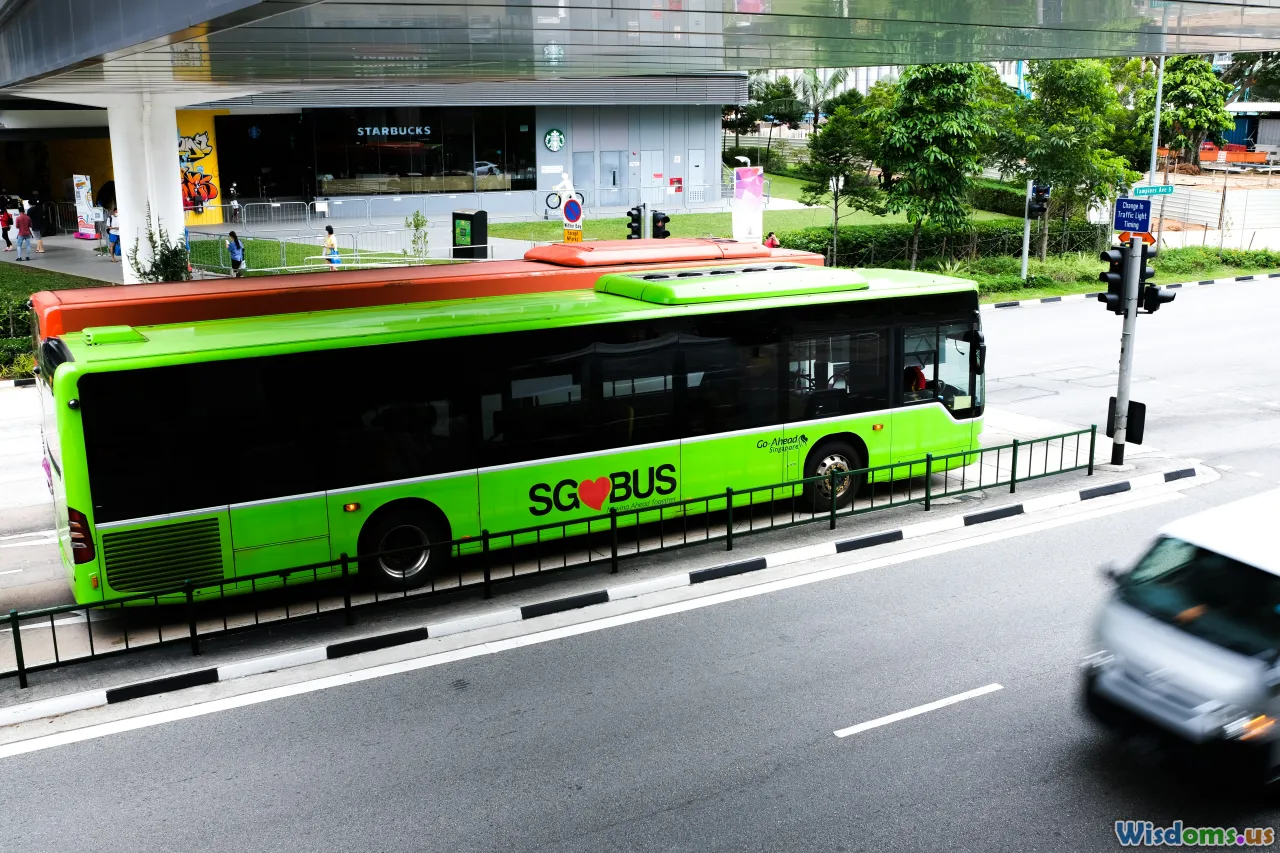
Amid global climate goals, the sustainability advantages of e scooters are a major selling point. E scooter sharing companies tout lower carbon footprints per passenger mile than cars or ride-hailing—if, critically, scooters displace those trips.
The Lifecycle Factor
Early studies from 2018 criticized e scooters for short operational lifespans. Back then, most lasted only 1 to 2 months before needing replacement, primarily due to vandalism or cheap manufacturing. Today, advances in durability have extended this average lifespan to 1.5 years or more for shared units.
Real-World Emissions Savings
A 2023 report by Dott, a leading European micro-mobility operator, found that 48% of scooter trips in 11 major EU cities replaced car journeys. The company’s e scooter fleet, using 100% renewable energy, saved an estimated 735 tons of CO2 in a year. Cities like Portland, Oregon, which track mode-shift data, report a measurable reduction in drive-alone downtown commutes since the arrival of shared e scooters.
Not a Silver Bullet
Of course, not every scooter replaces a car trip—many substitute walking, biking, or public transport. So, maximizing their sustainability benefits depends on city policy and how integrated scooters become in broader transit networks.
Who’s Riding? Shifting Demographics and Accessibility

E scooters appeal across demographics—though uptake varies by age, profession, and even gender. Initially, data skewed toward younger, male urbanites, but that’s shifting.
Expanding Rider Base
A 2022 NACTO survey showed that almost 60% of e scooter rides in U.S. cities were by women, up sharply from just 43% in 2019. Programs tailored to low-income users—like Lime Access, which offers discounts to eligible riders—are further democratizing e scooter access. Business professionals now use scooters for "last-mile" connections from train stations to offices, reducing reliance on slow buses or pricey rideshare options.
Everyday City Use Cases
Students use scooters to traverse sprawling university campuses, while tourists rely on them to beat traffic and see sights. Corporate fleets (like those at Google’s California headquarters) offer employees on-campus scooters to reduce time between meetings. Scooter companies have also partnered with delivery services to assist with agile, short-distance package drops in dense urban neighborhoods.
Safety Considerations and Urban Challenges
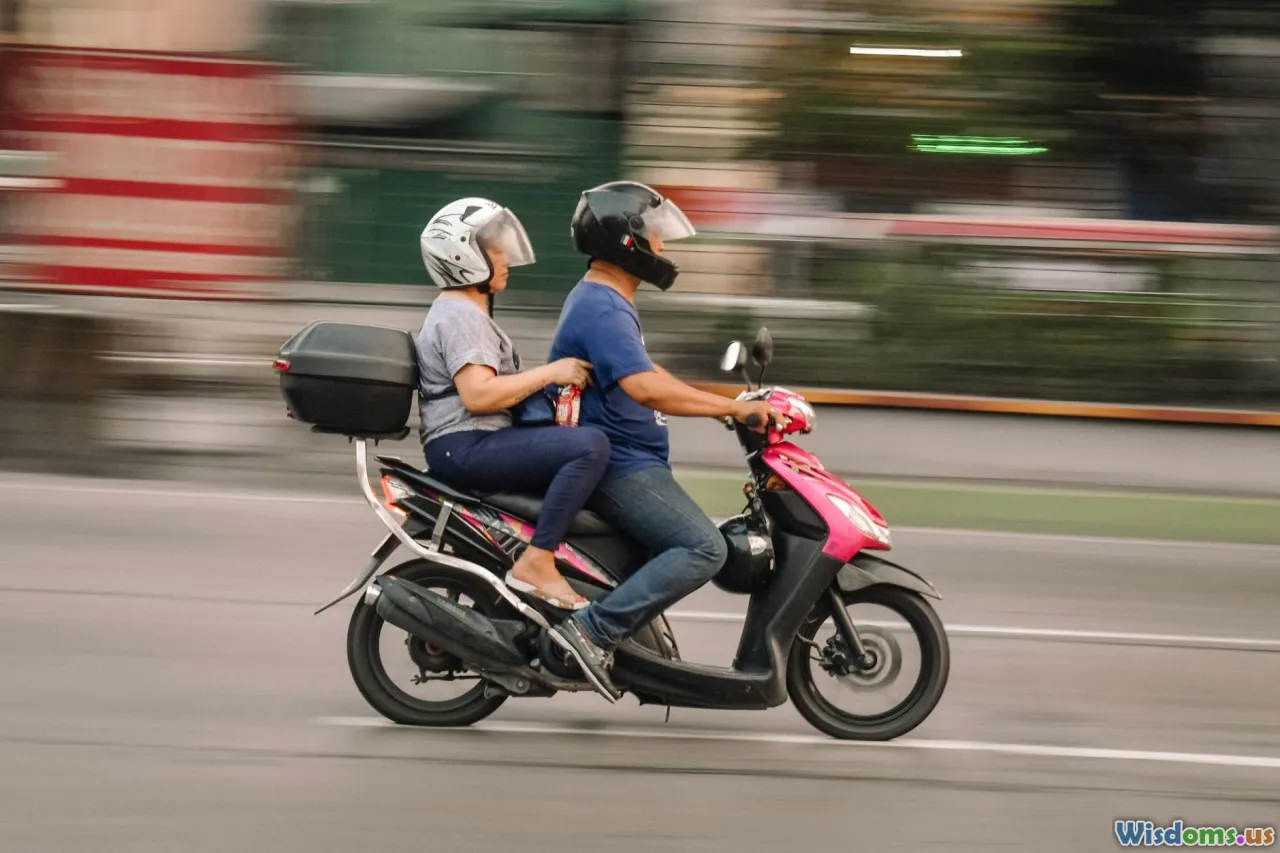
As with all new forms of mobility, safety remains under scrutiny. While injury rates per mile for e scooter riders have dropped as familiarity and regulation have increased, issues persist—especially head injuries and conflicts with cars.
Crash Risks and Helmet Usage
A high-profile study from the CDC found nearly 45% of scooter injuries in Austin, Texas, in 2019 were the result of falls, with car collisions responsible for about 10%. Helmet use among shared scooter riders remains below 10%, emphasizing the continuing challenge of fostering safe habits. In response, several cities and scooter companies have trialed helmet vending, distributed loaner helmets, and in-app safety tutorials to encourage smarter riding.
Rules of the Road: Regulatory Progress
Cities increasingly require app-based education modules—users watch videos before unlocking a scooter. Speeds are often limited to 12-15 mph, dropping lower in geofenced areas. Persistent violators can be banned from apps. And as part of their agreements with cities, scooter firms must regularly report injuries and operational issues, allowing municipalities to adapt policy swiftly.
E Scooters and Urban Economics: The Ripple Effects

The rise of e scooters has created new opportunities—not just for commuters, but for local businesses and workers.
Economic Opportunities
E scooter drop-offs near local cafes, retail outlets, and entertainment districts mean more foot traffic and spontaneous spending. A 2021 report in Forbes highlighted a 10% sales bump among independent businesses adjacent to popular scooter parking hubs in Austin, Texas. Cities like Columbus, Ohio, have worked with scooter firms to offer coupons redeemable at nearby stores, directly incentivizing local commerce.
Jobs in a New Mobility Ecosystem
Scooter operations—charging, rebalancing, and maintenance—have birthed thousands of jobs. Contractors drive e-vans at night to collect and deploy scooters, while full-time fleets manage customer questions and repair units. Meanwhile, software developers, urban planners, and public engagement professionals all lend expertise to integrating scooters into the city’s mobility future.
Integrating Scooters Into the Transit Mix
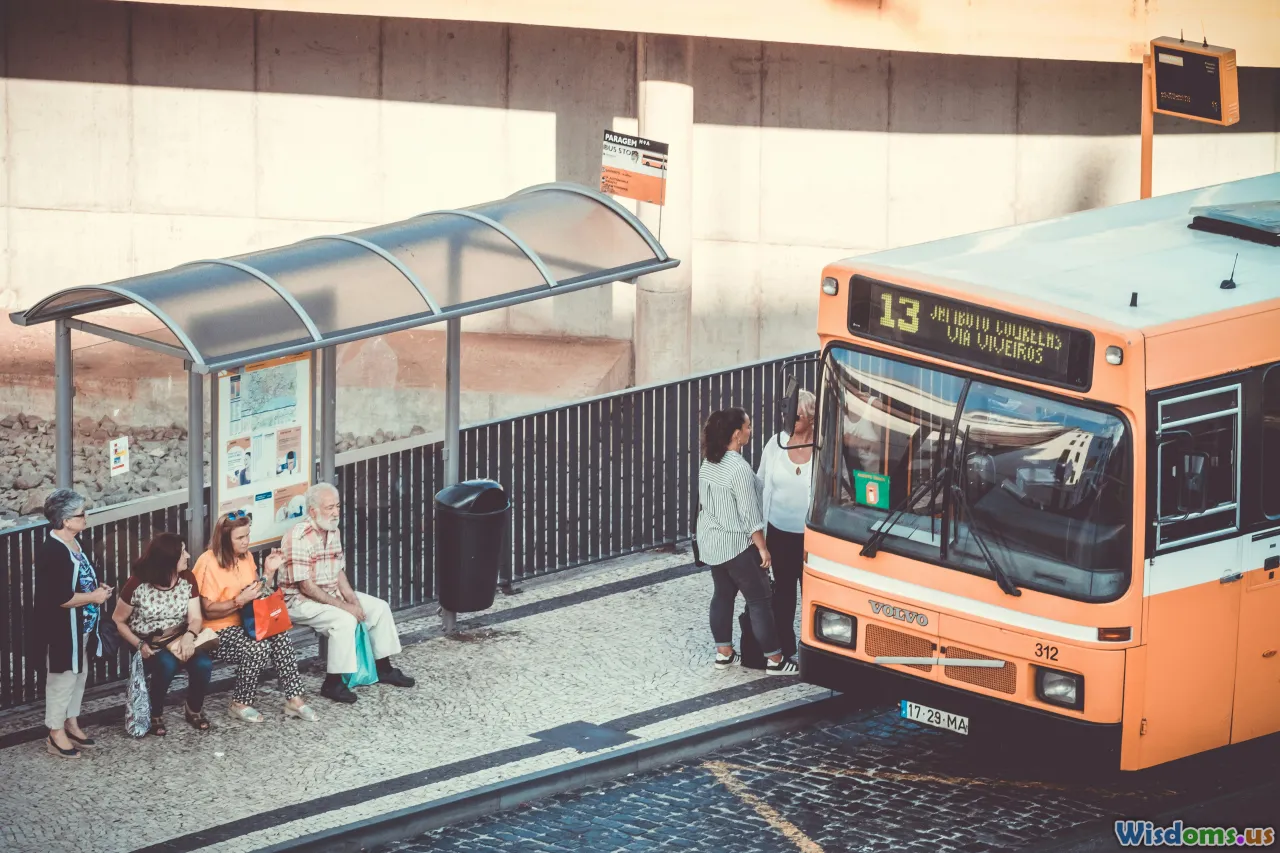
For most cities, scooters are not a stand-alone solution, but rather part of an evolving urban mobility stack, able to complement buses, trains, and ride-share.
The Last-Mile Solution
A major hurdle in urban transit is the so-called “last mile”—the distance between home/office and transit stops. E scooters address this gap with agility. San Francisco’s Muni Metro system saw a 22% increase in rider access rates after citywide scooter deployment, as more residents could easily reach stops that had been just out of walking range.
Cross-Platform Integration
Berlin and Hamburg have piloted systems that sync scooter unlocks with public transit cards, making multimodal journeys seamless. If someone steps off a commuter rail and needs to cross two miles of city streets, they can now do so with a single tap—no need for extra downloads or payments.
Policy for Seamless Urban Journeys
Legislation is evolving to support integration. Los Angeles, for instance, includes shared scooter providers in city-run mobility data platforms, sharing anonymized trip data to optimize both transit and scooter deployment. This minimizes redundancies and ensures new mobility options align with the greater public good.
Smart Cities, Smart Commuting: The Role of Data

Scooter use is producing new streams of urban data, sharpening planners' ability to understand real-time commuter dynamics.
Data Sharing Paves Better Planning
Providers share anonymized GPS trip data with city governments, helping identify bottlenecks and inform expansion or protection initiatives. For example, Minneapolis used scooter ride data to expand bike lane coverage into underserved neighborhoods, dramatically increasing transport equity.
Privacy and Public Trust
Naturally, data collection must be carefully controlled. Robust governance—such as Europe’s General Data Protection Regulation (GDPR)—is essential to balance public benefit with personal privacy. Firms are increasingly adopting "privacy by design," only sharing insight-level analytics rather than raw location data to address these concerns.
Looking Forward: The Future of Downtown Commutes

The transformation ignited by e scooters is still unfolding. As battery ranges increase and AI-driven fleet management becomes standard, commuters can expect greater reliability and convenience. Cities such as Stockholm, with winter-resilient scooter fleets, now prove year-round micro-mobility is feasible even in harsher climates.
Beyond E Scooters: Towards Mobility as a Service
The micro-mobility model foreshadows a world where commuters access all forms of urban transport via a single service. Apps that let you plan, pay, and seamlessly switch between e scooters, bikes, trains, or taxis are becoming reality in forward-thinking places like Helsinki, Finland, reducing friction throughout the daily commute.
A Final Ride
While e scooters pose challenges—from safety to sidewalk management—their impact on shaping urban commutes is unmistakable. By leveraging technology, supporting sound city planning, and fostering culture change, they offer a faster, more flexible, and cleaner way to navigate our ever-evolving downtowns—a true evolution in how people move through the heart of the city.
Rate the Post
User Reviews
Popular Posts










